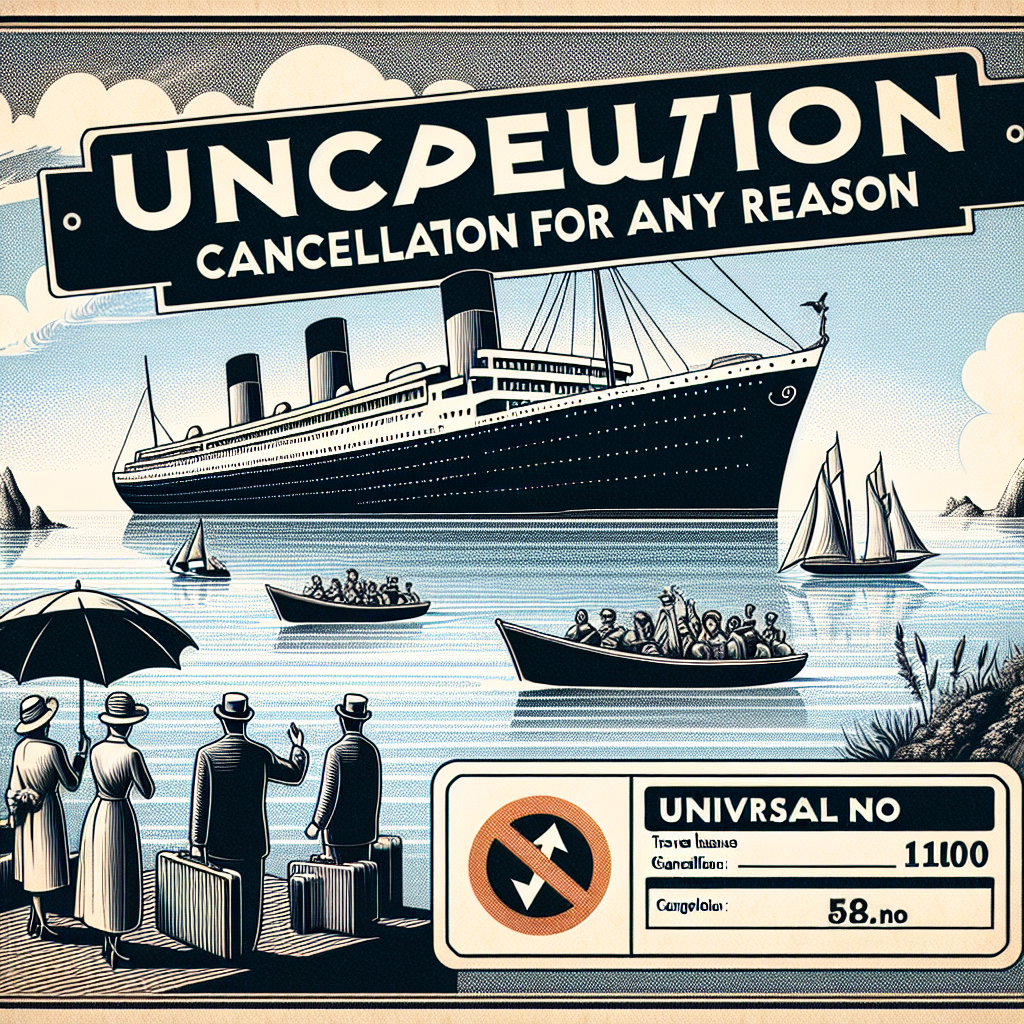Filed under Health Insurance on
Maximize Benefits with Double Insurance Health Coverage

In today's fast-paced world, healthcare has become one of the most essential aspects of life. With medical expenses rising steadily, many people are considering double insurance health coverage as a way to safeguard themselves against unforeseen medical emergencies. While having health insurance is crucial, having double insurance health coverage can offer numerous benefits. This article will explore how you can maximize these benefits to ensure thorough coverage and peace of mind.
Understanding Double Insurance Health Coverage
Double insurance health coverage occurs when you hold two separate health insurance policies. These could be a combination of employer-provided insurance, individual policies, or coverage shared between spouses. The concept is that if one insurance doesn't cover certain medical expenses, the other might, potentially reducing out-of-pocket costs significantly.
Why Consider Double Insurance Coverage?
One might wonder what necessitates holding two insurance policies when one seems sufficient. However, life can often throw unexpected challenges, and here's why double insurance health coverage can be beneficial:
- Complementary Coverage: Different policies often cover expenses the other doesn't, enriching your overall coverage.
- Increased Financial Security: In cases of major health crises, having dual coverage spreads the financial burden, easing personal financial stress.
- Negotiated Rates: Some insurance plans have preferred provider networks, which could result in lower costs even if the service isn't fully covered by one insurer.
- Family Security: In cases where families are covered under different plans, double insurance ensures all members are protected.
To illustrate, consider a scenario where John, a software engineer, holds an employer health insurance policy and an individual insurance plan. When he required surgery for an unforeseen condition, the employer's plan only partly covered the surgery costs. Fortunately, John's individual plan covered the remainder, enabling him to save a considerable amount that would otherwise have gone from his pocket. This is a prime example of how double insurance health coverage can intersect to maximize benefits.
Steps to Maximize Benefits from Double Insurance Health Coverage
To effectively leverage the benefits of double insurance, here are actionable steps to consider:
1. Understand Each Policy Thoroughly
Start by getting a clear understanding of what each policy covers. Read through the documentation or contact the insurer for details. Look for overlaps and possible gaps in the coverage to comprehend how the policies can work together strategically.
2. Determine the Primary and Secondary Insurance
It's crucial to identify which policy is primary and which is secondary. The primary insurance is billed first. It bears the primary responsibility of paying healthcare claims. The secondary insurance can be billed for the amount not covered by primary insurance, subject to its coverage terms.
3. Contact Insurance Providers for Guidance
Insurance policies can be complicated, and understanding coordination of benefits may require assistance. Contact customer service representatives from both insurers to comprehend coverage rules and payment processes, especially when claims involve both policies.
4. Monitor and Manage Claims Efficiently
Keeping close tabs on your claims will ensure you maximize your entitlements. File claims on time and in the right order. Don’t hesitate to follow up with both insurers for any claim discrepancies, ensuring you're not leaving any benefits unused.
5. Maintain Comprehensive Financial Records
Create detailed records of all healthcare services, claims filed, and reimbursements received. Not only will this aid during tax return filings, but having an organized record will assist in reconciling payments received from your primary and secondary insurers.
Potential Challenges and How to Overcome Them
- Coordination of Benefits: Navigating the coordination of benefits can be tricky, but by maintaining good communication with both insurers and keeping detailed records, conflicts can be mitigated.
- Overlapping Services: When both policies offer comprehensive coverage, it might confuse which claims should go where. A clear understanding of each policy’s terms can resolve this challenge.
- Billing Procedures: Different insurers may have varied processes for claim submissions. Knowing these procedures will assist in timely reimbursement.
Though double insurance health coverage can seem daunting to manage, with attentiveness and systematic management, the process becomes smoother.
Considerations Before Opting for Double Insurance
Cost vs. Benefit Analysis
Before deciding on double insurance, weigh the cost of holding two policies against the potential benefits. Sometimes, the premiums of the second plan may outweigh added benefits. Calculating the net gain or loss over time will aid in making an informed decision.
Understand Policy Deductibles and Copayments
Both plans might have distinct deductibles, copays, and coinsurance obligations. Understand how these will interplay. Sometimes, offsets in claims can occur, impacting out-of-pocket expenses despite two policies.
Family or Individual Needs
Evaluate whether your family structure justifies double insurance. For instance, families with dependents might derive more benefits from dual coverage than a single person.
Coverage for Specific Needs
Some people have medical conditions requiring specific treatments. Ensure that the dual coverage supports these needs effectively.
For example, double insurance could be advantageous for Elizabeth, who requires ongoing physiotherapy due to a chronic back issue. Her employer-provided plan covers the doctor's visits but not the therapy sessions. Having individual insurance covers the therapy costs, allowing her to receive comprehensive treatment without undue financial strain.
Conclusion
Maximizing benefits with double insurance health coverage requires meticulous management and understanding of both policies. From analyzing each policy to managing claims and records diligently, these strategies will enable policyholders to fully leverage double insurance. Although this path involves extra effort, the potential peace of mind and financial security it provides in life’s medical emergencies make it a worthwhile consideration. As healthcare costs rise, prudent financial planning and strategic health coverage decisions will only grow more vital.
FAQs
1. What is double insurance health coverage?
Double insurance health coverage is when an individual or family holds two separate health insurance policies concurrently. This could be a combination of employer-provided and individual plans, or spousal plans.
2. How do I determine which is the primary insurance?
The primary insurance is usually defined as the plan that covers you as an employee rather than as a dependent. In most cases, your employer's plan is primary, but it's essential to check with your insurers to establish which is primary and secondary.
3. Can I use two insurance policies simultaneously for the same medical service?
Yes, typically, the primary insurance settles the claim first and the secondary covers the remaining eligible costs. You must file the claims in the correct order to maximize benefits.
4. Are there disadvantages to having double insurance?
Some potential downsides include paying higher premiums for dual coverage and the complexity of managing two plans. However, the extra coverage benefits often outweigh these challenges.
5. How can I avoid paying more than necessary with double insurance?
Perform a thorough cost-benefit analysis before opting for two plans. Consider how the deductibles, premiums, and covered services compare to potential benefits. Proper management can significantly curb unnecessary expenses.





